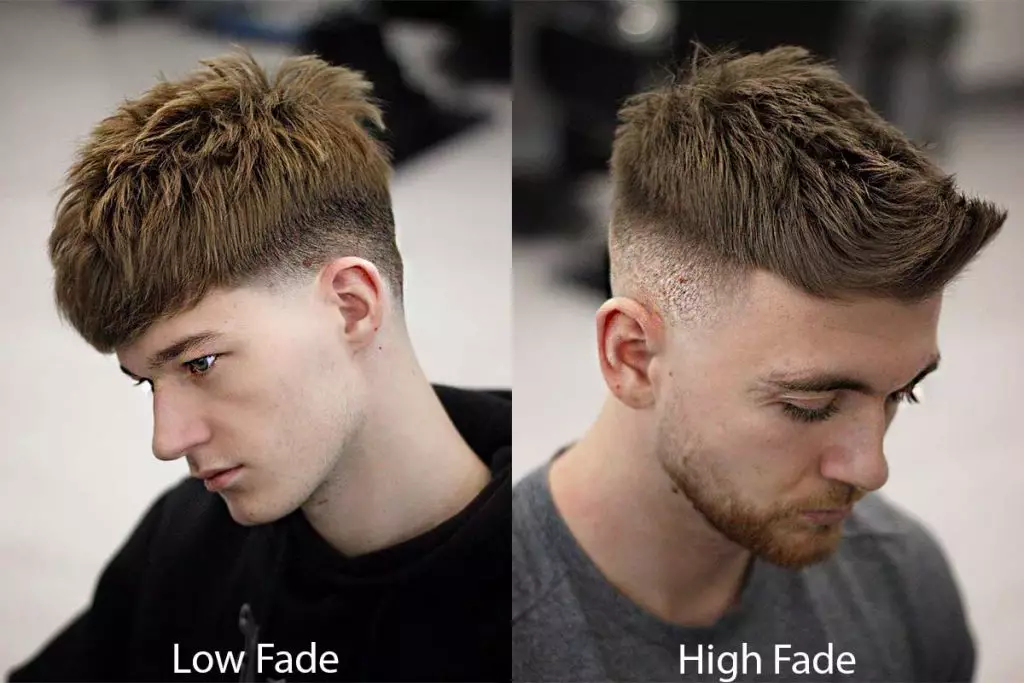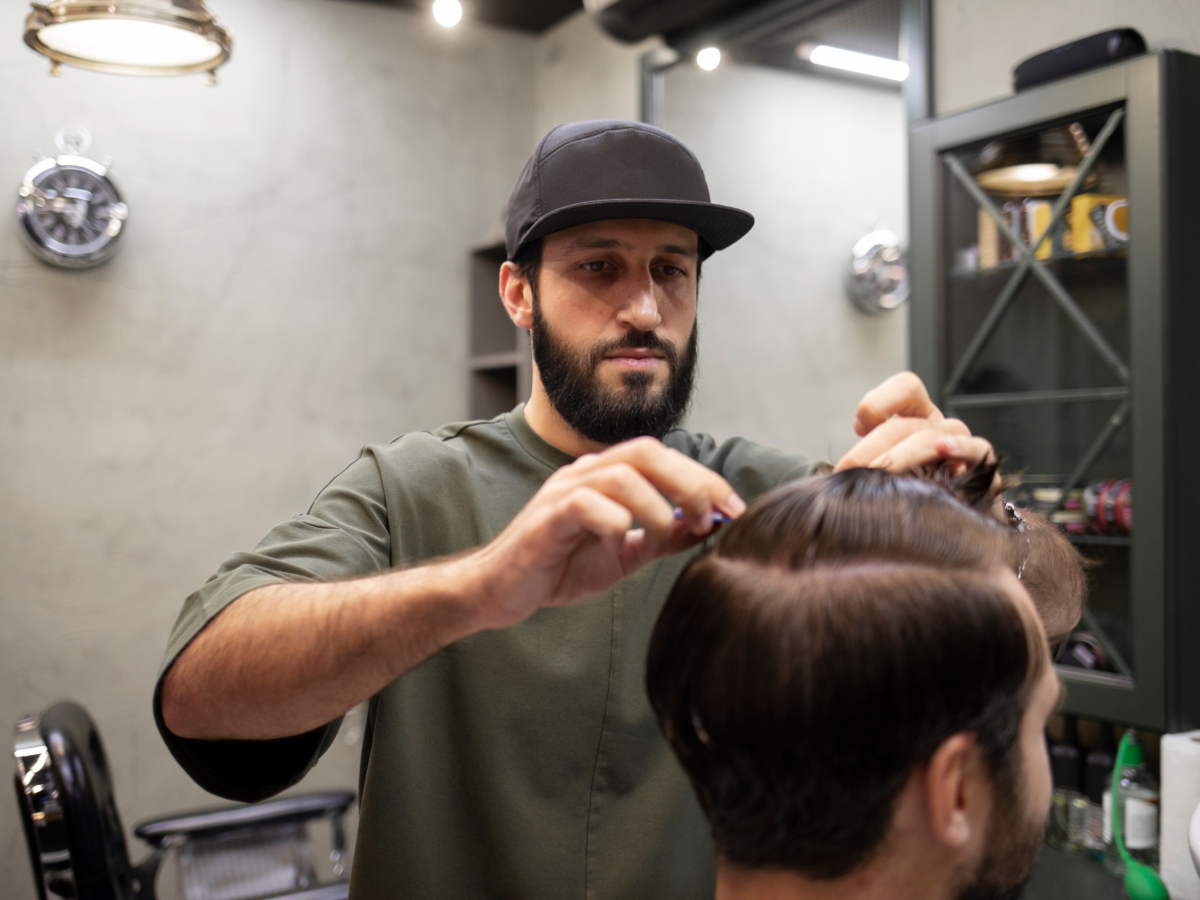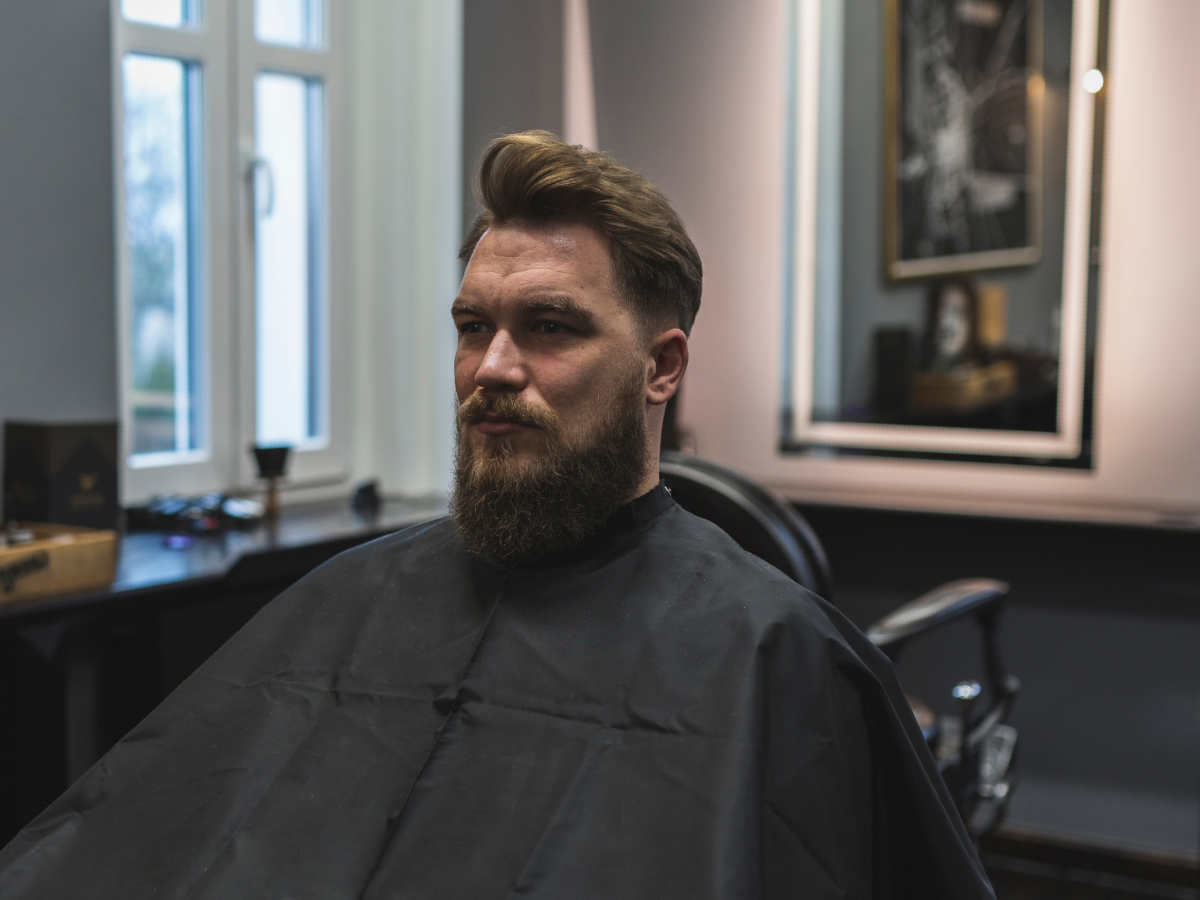
When it comes to men’s haircuts, the fade has become one of the most requested styles at barbershops around the world. But not all fades are created equal. Two of the most popular variations — the high fade and the low fade — may look similar at first glance, but they create very different impressions.
Whether you’re trying to figure out which fade suits your face shape, personal style, or lifestyle best, this complete guide breaks down everything you need to know about the high fade vs low fade debate. By the end, you’ll have a clear idea of which one is right for you — and how to ask your barber for it.
What is a Fade Haircut?
Before diving into the differences, it’s important to understand what a fade haircut actually is. A fade refers to the gradual blending of hair from short (or shaved) at the bottom to longer lengths on top. The hair “fades” into the skin, creating a clean and stylish look that works with many hair types and styles — from quiffs and pompadours to curls and crew cuts.
There are three main types of fades: low, mid, and high, with each referring to how far up the sides and back the fade begins. Let’s focus on the two most popular: high fade and low fade.
What is a High Fade?
A high fade starts near the temples or above, with a dramatic contrast between the shaved sides and the longer hair on top. It’s a bold and edgy style that gives off a sharp, modern vibe. Because the fade begins higher on the head, it removes more hair from the sides, placing more emphasis on the top section.
This style is popular among men looking for a strong, standout look. It pairs well with modern hairstyles like textured crops, spiky tops, and disconnected undercuts. Athletes, celebrities, and fashion-forward individuals often opt for this cut to make a statement.
What is a Low Fade?
In contrast, a low fade begins just above the ears and curves around the neckline. It creates a more subtle and gradual transition from short to long hair, maintaining more coverage on the sides and back. This makes it a great option for men who want a clean, professional look without going too extreme.
The low fade works well with almost any hairstyle on top, from classic side parts to wavy textures or curls. It’s also a smart choice for men in corporate or formal settings where a conservative appearance is preferred.
Key Differences Between High Fade and Low Fade
While both fades offer a sleek and modern appearance, their differences lie in the starting point and visual impact:
- High Fade
- Starts near the temples or higher
- More dramatic and edgy
- Emphasizes the shape and volume on top
- Great for bold, modern styles
- More scalp is exposed
- Low Fade
- Starts just above the ears
- More subtle and conservative
- Keeps more hair around the sides and back
- Versatile for professional and casual looks
- Less scalp exposure
Which Fade is Right for You?
Choosing between a high fade and low fade depends on several factors — your personal style, face shape, hair type, and how much maintenance you’re willing to commit to.
- Face Shape:
A high fade can elongate rounder faces by creating more height on top. Low fades work well with oval and rectangular faces by maintaining balance. - Hair Type:
Thick, coarse, or curly hair benefits from low fades, as it allows for better blending and shape. High fades work great with straight or fine hair when paired with volume on top. - Lifestyle:
If you’re in a creative field or enjoy fashion-forward styles, a high fade may be perfect. For those in corporate settings or who prefer low-maintenance grooming, a low fade is a safer bet.
Styling Tips and Maintenance
Both fade styles require regular upkeep to maintain their clean lines. Depending on how fast your hair grows, expect to visit your barber every 2–3 weeks. Use styling products like pomade, clay, or mousse to control the top section and complement the fade.
For a high fade, emphasize the contrast by keeping the top voluminous and styled. For a low fade, softer styles like a side part or waves work beautifully with the subtle taper.
Final Thoughts
In the world of modern men’s grooming, both high fades and low fades offer clean, stylish options that can elevate your appearance. The key difference lies in the level of contrast and the visual statement you want to make.
Whether you go bold with a high fade or keep it classic with a low fade, you can’t go wrong — both styles are timeless, versatile, and undeniably cool.


